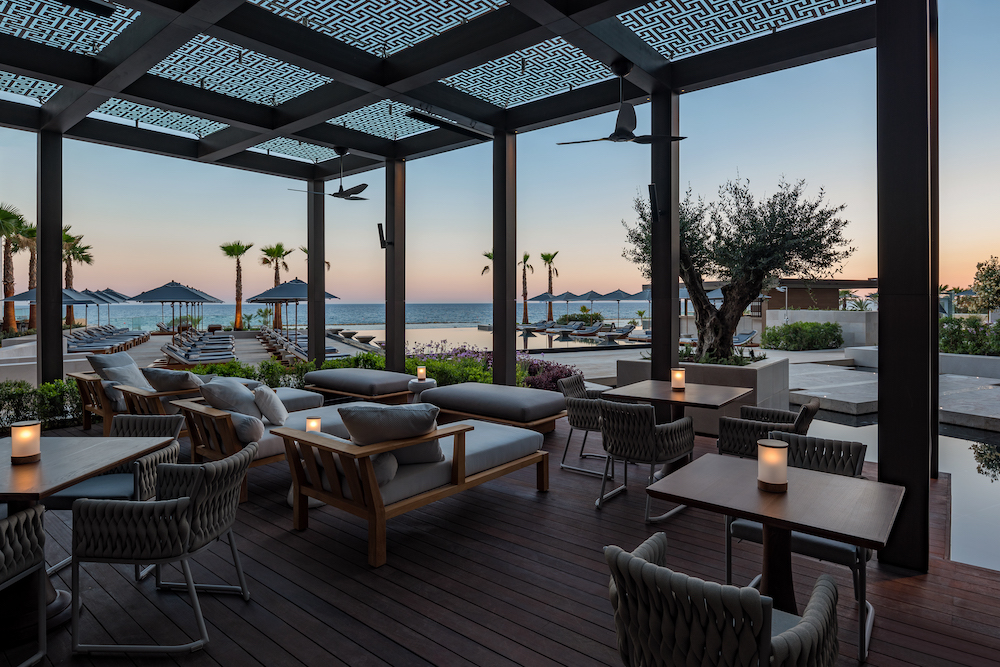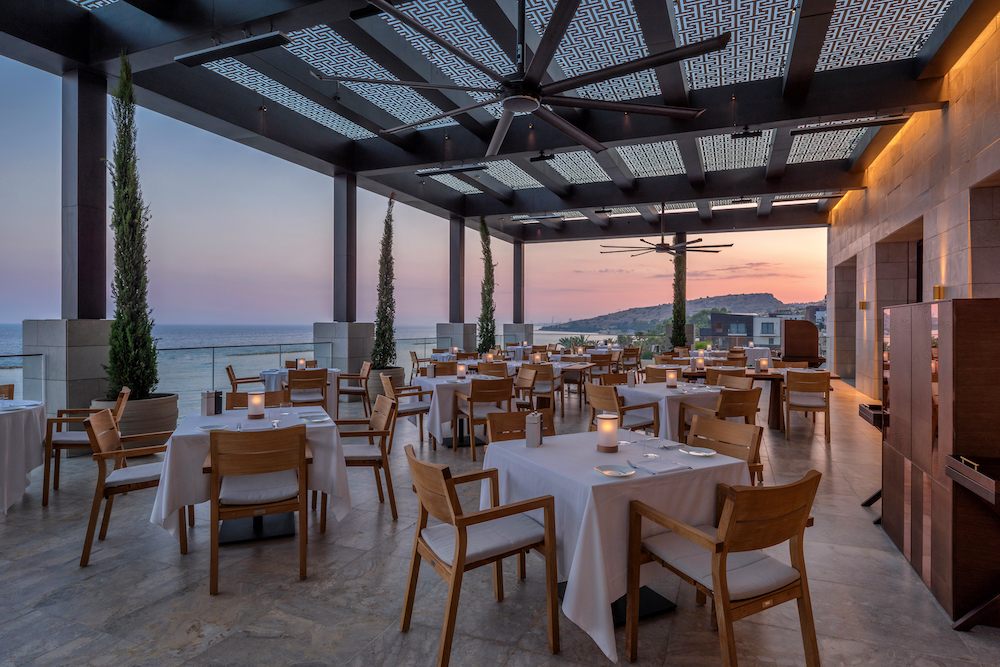As we start look past the crisis period of Covid-19, and start to settle into a ‘new normal’, the definition of hospitality has a new meaning – one of comfort, security and escape. International architecture firm SB Architects has identified which key hotel trends are shaping hospitality design in 2022 and beyond…

SB Architects has released insights into the most significant influences that informed design in 2021, and what trends will pick up even more momentum this year.
“During 2021, when the concept of ‘home’ became synonymous with home office, gym, entertainment centre, and space to retreat and relax, we saw the growing importance of incorporating flexibility in residential design,” explained Scott Lee, President and Principal of SB Architects. “Flexibility also became paramount for hotels and creating a less-defined program – such as multi-purpose public space and reimagined spaces for F&B, lounge, and lobby – will continue to be advantageous in the future. Overarchingly, creating opportunities for people to decompress in urban environments, enhancing physical, mental, emotional, spiritual, and social wellness, and quenching a thirst for the outdoors will be key drivers for architects and designers in 2022.”
Here are seven solid trends that are steering hospitality and hotel design, globally, on a new path:
‘Home officing’ 2.0
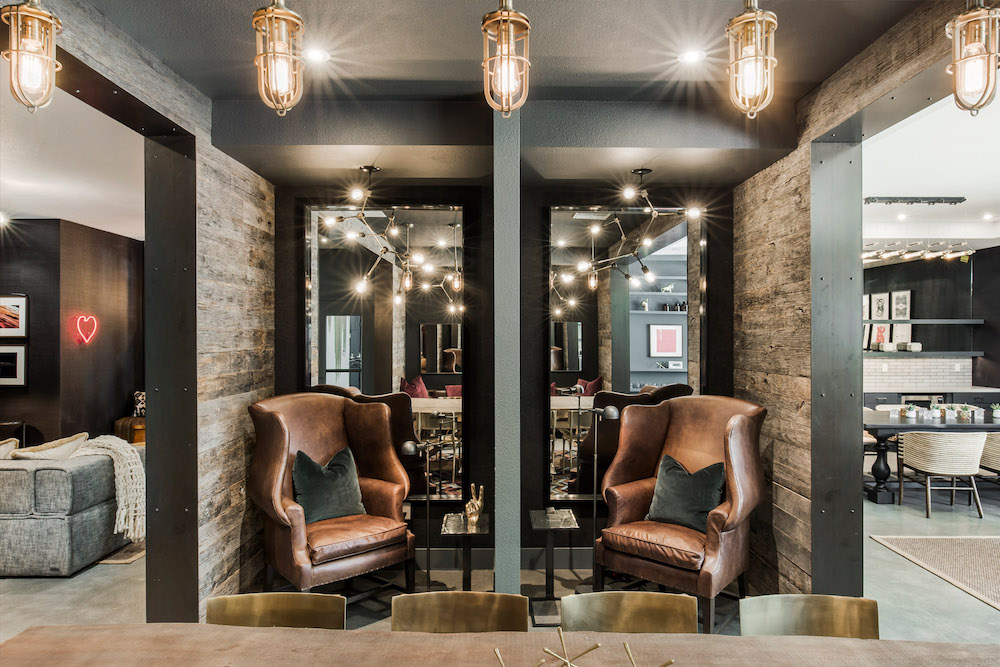
Image credit: Telegraph Arts/SB Architects
The pandemic and ensuing work-from-home phenomenon sparked new desires for residential design. Dens are no longer to be relegated to the back of units with little or no access to natural light. Instead, residents want these spaces connected to living rooms and acting as integrated offices or flex spaces. Working from home is also changing multifamily design, where a new kind of amenity is taking shape in the form of reservable rooms for work and study, connected to communal meeting spaces where residents can both host team meetings and socialise. The ‘business centre’ model of multifamily residential projects is evolving and will be more marketable if versatile and engaging.
Here to stay: ‘Bleisure’ travel
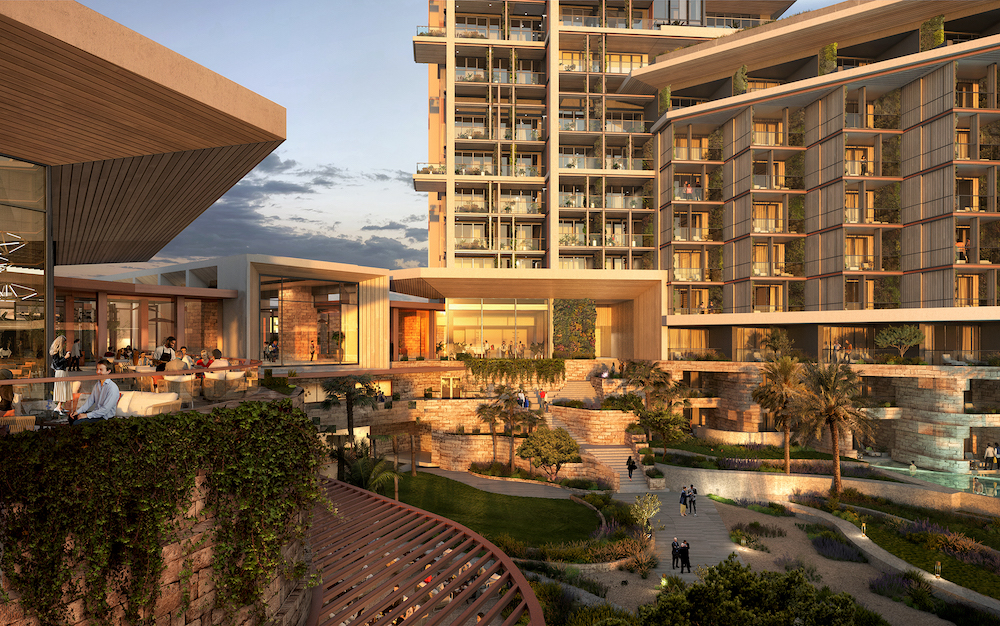
Image credit: Grand Hyatt Limassol/SB Architects
With more employees working remotely, hotels need to cater to a new segment of ‘bleisure’ travellers who are taking advantage of their newfound workplace flexibility by extending vacations that blend work, exploration, and leisure. With guests looking to spend more time in destinations, design that is experiential and deepens connections to the location and its underlying character will be key. Developers and operators will be searching for ways to differentiate their offerings from the many repositioning’s or new openings that are coming online in 2022, and hyper-local environments where guests can immerse themselves authentically into the surrounding locale and have experiences creatively tailored to a specific ethos and set of interests will be the most competitive.
Integrating experiential programming for children and configurations such as two-bedroom suites with kitchens will also help hotels cater to guests booking longer stays and traveling with their families.
Alternative stays/glamping woven into resort destinations
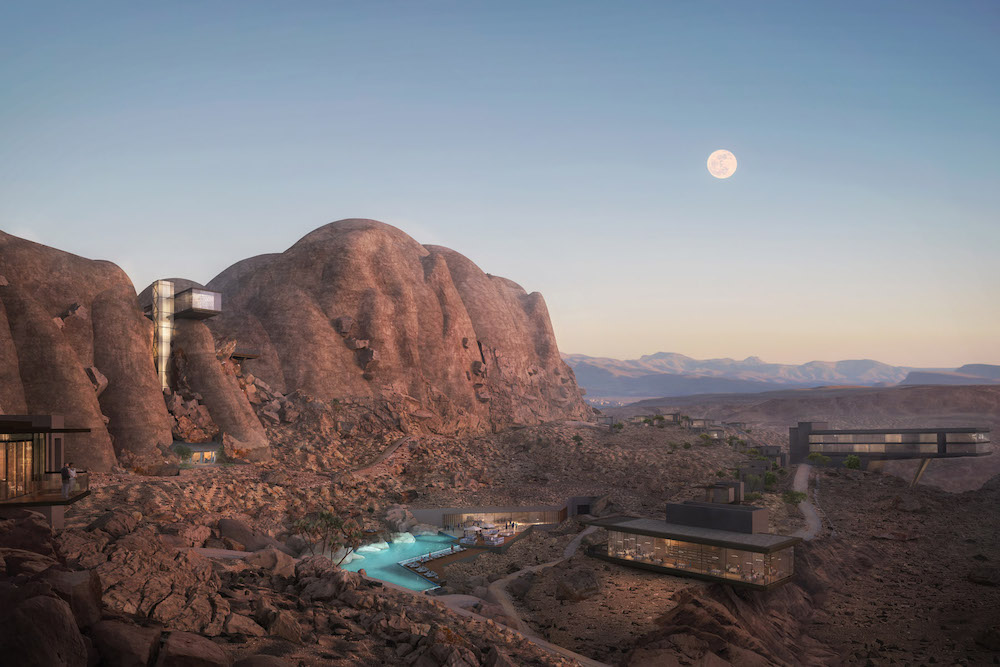
Image caption: A render of a resort in the Middle East. | Image credit: SB Architects
The alternative holiday/travel experience – via treehouse stays, yurts, and glamping – is becoming more and more ingrained into hospitality, and resorts are embracing glamping as an experiential element that can be integrated into the overall offering. Adding these unconventional components to a traditional resort development can deliver the connection to nature that gives guests a sense of emotional and mental well-being, while creating the kind of authentic experience and immersive atmosphere that today’s discerning travellers are craving.
Getting outside
With pandemic-era concerns about indoor air quality and social distancing deeply embedded in our psyches, the outdoors represents an escape and safe haven, and is a key element to mental health. Travellers will seek uninterrupted sightlines to the outdoors, access to fresh air and open space in 2022. Integrating outdoor spaces in urban environments, such as rooftop amenities, will be a big driver for both hotels and residential developments in the future. Rooftop amenities create a sense of escapism in which residents or guests are nestled in an outdoor environment, perhaps with natural elements, but views to a city skyline are within reach.
The rise of the urban resort
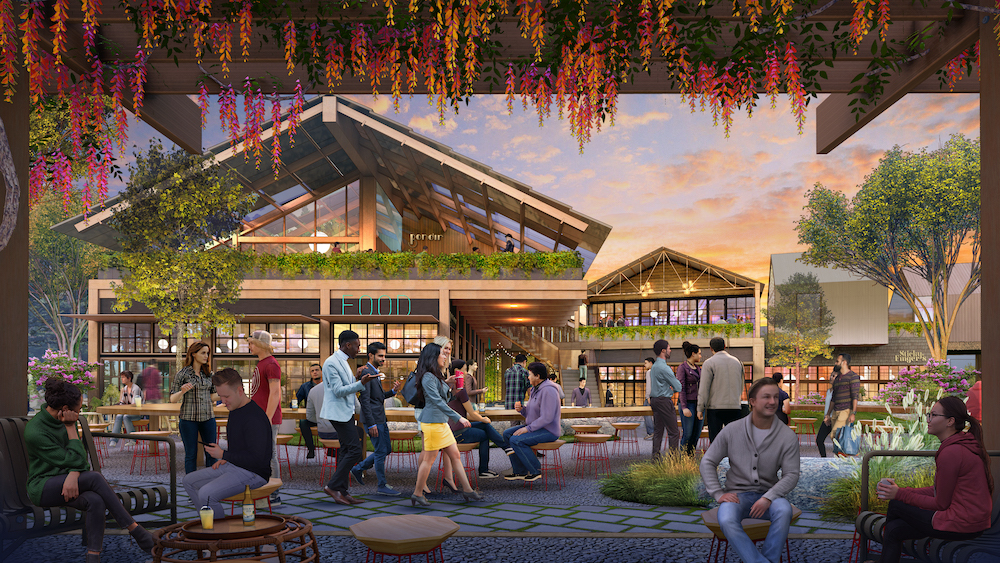
Image credit: Rivana at Innovation Station/SB Architects
Prior to the pandemic, the urban resort concept was on the rise, with brands like Aman Hotels and Six Senses Hotels and Resorts embracing the model as part of their growth strategy, and the trend will continue to grow in 2022, as lines between work and leisure continue to blur and more guests want to experience the decompression and escapism of a resort even when in an urban environment.
By tapping into sensibilities that one might leverage in a horizontal resort environment, and applying them to an urban context, designers can create spaces where people can ‘get away from it all’ while remaining in the middle of it. Urban resorts deliver immersive experiences through rooftop experiences and iconic, place-defining food and beverage, and although in urban settings, they prioritise connections to nature, seamless transitions between indoor and outdoor spaces, natural light, and, of course, guests’ health and wellness. Special landscaped zones sprinkled throughout sites as places to host events and celebrations, and enhanced wellness experiences where spa and fitness components are sized after those of a destination resort are among the design features trending for urban resorts.
Rethinking the all-day dining concept
- Image credit: Stademos Hotels/SB Architects
- Image credit: Stademos Hotels/SB Architects
The pandemic pushed many (if not all) hotels to adapt their F&B offerings, as under-utilised space in an all-day dining outlet became more apparent during periods of low occupancy. Many new hotels have been breaking down the all-day dining restaurant into multiple ‘micro’ restaurants that can be sectioned or closed off depending on the time of day, to prevent the all-day dining space from being underutilised or only used during breakfast. The traditional buffet style dining that is standard in all-day dining outlets became prohibited due to Covid-19 regulations in many areas, giving rise to alternative strategies such as customised room service for breakfast. Many hotels are leveraging the specialty restaurant or lobby lounge for those seeking a more traditional hotel breakfast experience.
In the future, instead of just serving as a convenient dining outlet for internal guests, more hotel dining outlets will be regarded as valuable revenue-generating spaces independent of the hotel, with unique concepts, menus, and designs that will entice both hotel guests and locals in the community.
Capturing the baby boomer audience
The Baby Boomer generation is mindful of how precious meaningful life experiences are and have a pent-up desire to reconnect with loved ones since the onset of the Covid-19 pandemic. Hotels should take note of this affluent, educated, and active audience in 2022. With so many people aged 65 and over fully vaccinated, this group is ready for reunions with family and friends, and they have the time and resources to truly immerse in experiential travel. Boomers are more likely to travel for a week or longer, and their excitement for educational, interactive, and locally inspired experiences as well as activities with multi-generational appeal should not be overlooked.
So, it seems that the pandemic has left its coffee-mug stain on this year’s trends. However, unlike in recent years, it seems as if the industry’s robust strength is ensuring that all trends we are seeing emerge are less about recovery and more about growth, evolution and sustaining unmatched travel experiences.
> Since you’re here, why not check out our editorial series on the hottest hotels to open in 2022?
Main image credit: SB Architects

